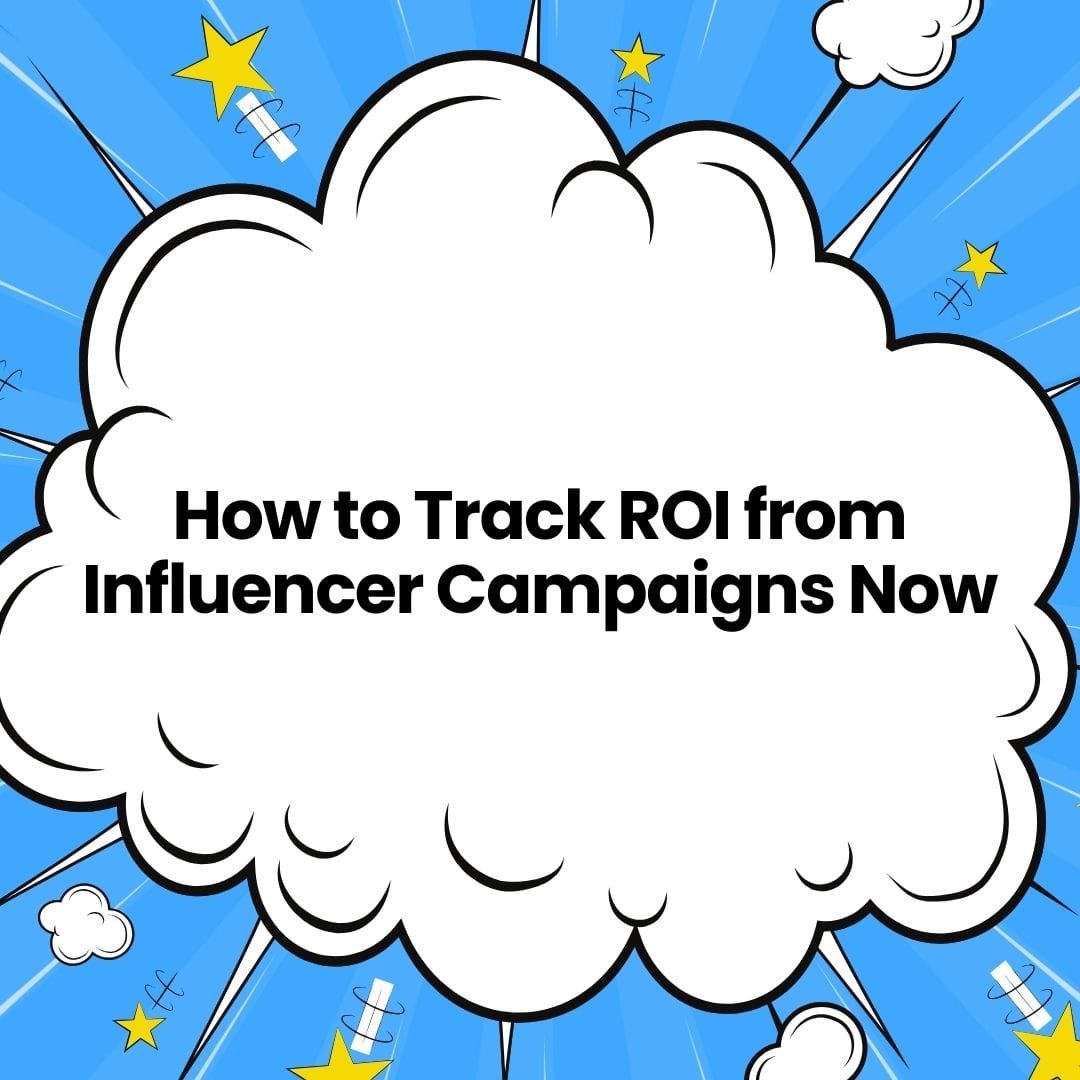Influencer marketing can build trust and boost sales. But to know if it’s working, you need to track return on investment (ROI). Without tracking, you may waste money. This guide shows how to measure influencer ROI step by step.

1. Set clear goals first
Before anything else, know what you want from the campaign. Do you want more sales, more traffic, or more followers? Decide that early. Then, it becomes easier to measure success. In other words, goals give you something to compare your results against.
2. Use trackable links
Next, give each influencer a special link. You can use UTM codes or tools like Bitly. These show where your clicks come from. As a result, you can see which influencer brings traffic to your site. This is a simple but powerful way to track performance.
3. Create discount codes
In addition, make a unique discount code for each influencer. For example, use “ALICE10” or “MIKE15.” This helps you see who drives real sales. Also, discount codes can encourage followers to buy faster.
4. Monitor engagement metrics
Of course, you should check likes, comments, shares, and saves. These show if people care about the content. However, engagement is just one piece of the puzzle. Still, it gives you helpful clues about what content works best.
5. Track website behavior
After someone clicks the influencer’s link, watch what they do. Use Google Analytics to track how long they stay, what pages they visit, and if they leave right away. This helps you learn if the right audience is coming to your site. In short, good traffic should lead to real actions.
6. Measure conversions
Most importantly, look at what actions users take. Did they buy something? Did they sign up for a newsletter? Count those actions. Then, try to assign a dollar value to each. That way, you turn clicks and views into money terms.
7. Compare cost vs. revenue
Now it’s time to calculate ROI. First, subtract what you spent from what you earned. Then, divide that number by what you spent. Here’s a simple formula:
ROI = (Revenue – Cost) ÷ Cost
If the number is above zero, you made a profit. If it’s below zero, the campaign didn’t pay off. Use this info to guide future spending.
8. Collect feedback
Once the campaign ends, talk to your team and the influencer. Ask what worked and what didn’t. Also, read audience comments. This can reveal ideas you might miss from just looking at numbers.
9. Use an influencer marketing platform
If you run many campaigns, use a platform like Aspire, Upfluence, or CreatorIQ. These tools track clicks, sales, and ROI for you. In addition, they help you manage campaigns more easily. As a result, you save time and stay organized.
10. Report and review
Finally, make a report for each campaign. Include reach, engagement, traffic, conversions, and ROI. Then, study the results. Look for trends. What types of influencers perform best? What platforms bring more value? Use these lessons next time.
Conclusion
Tracking ROI from influencer campaigns doesn’t have to be hard. With clear goals, trackable links, and the right tools, you can measure what matters. Every click, code, and comment tells a story. So take the time to track it. That way, your marketing stays smart, clear, and effective.
Feel free to contact us for a free consultation.

